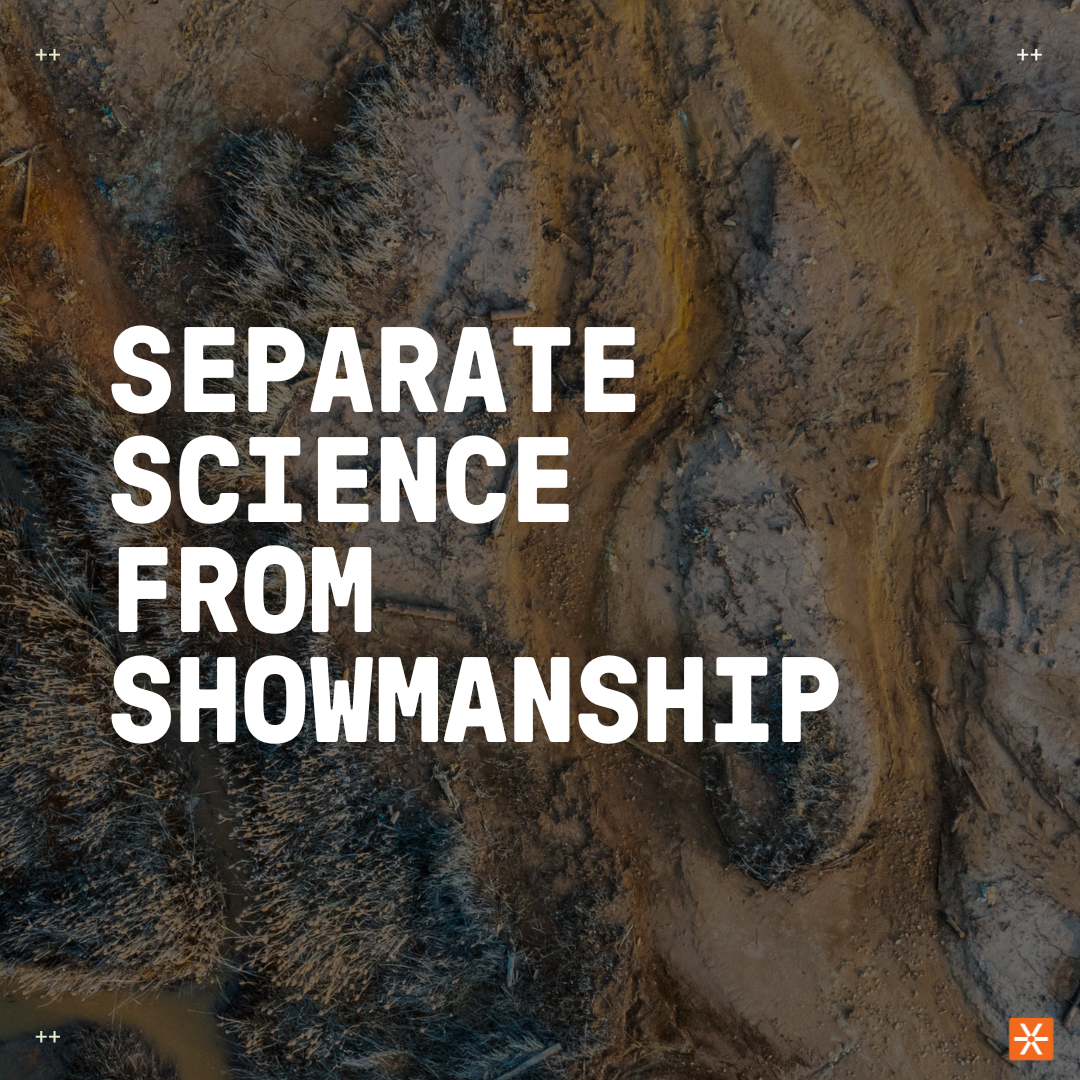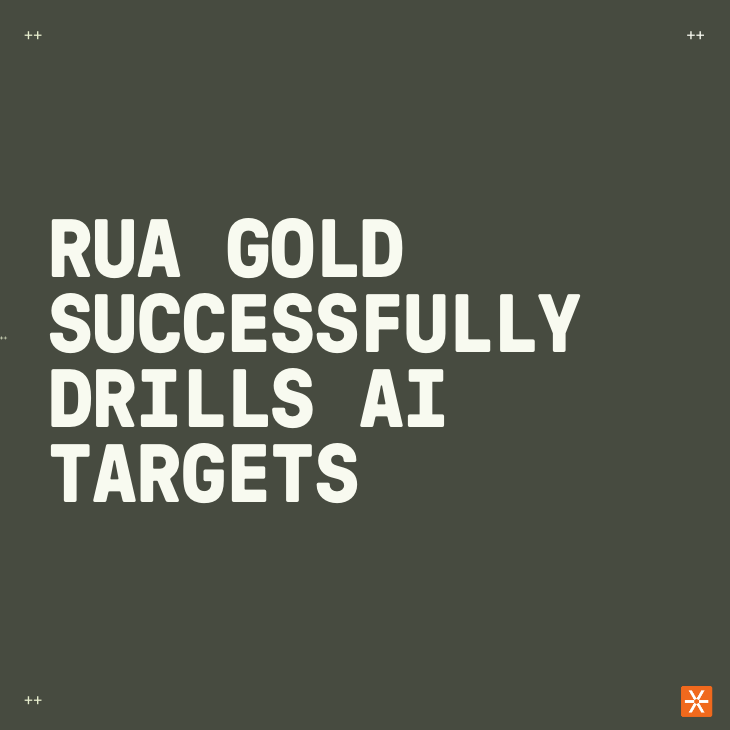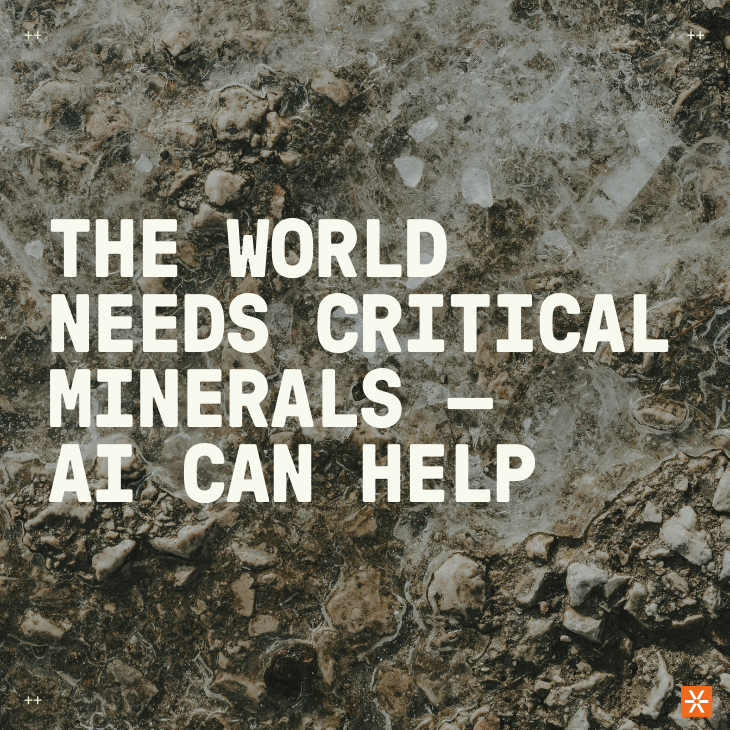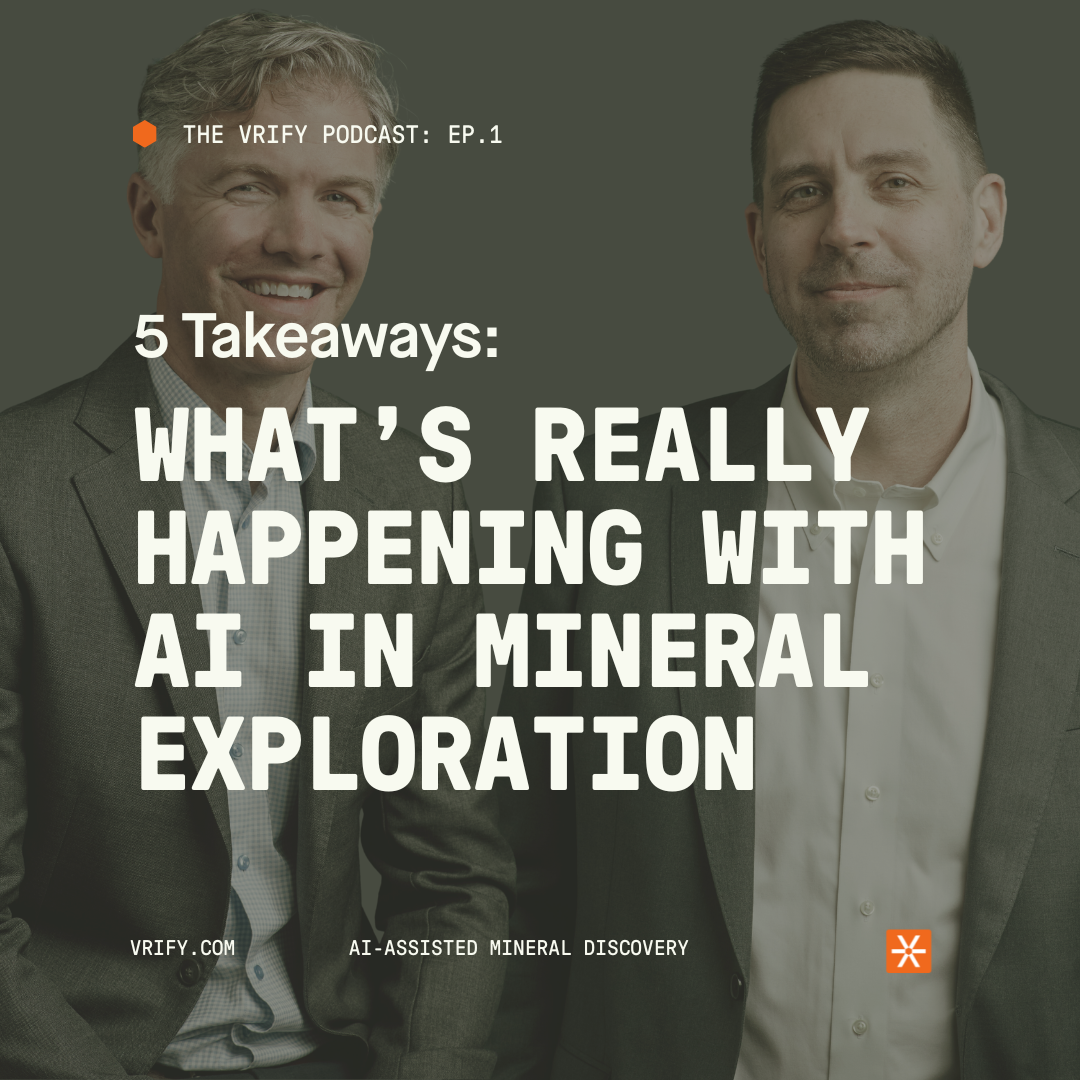Many technical professionals are skeptical about integrating AI into their day-to-day workflows, and that’s why the conversation about integrating AI into mineral exploration needs to start with trust . In episode 2 of The VRIFY Podcast, Steve de Jong, CEO of VRIFY, sat down with JP Paiement, CTO of VRIFY, to tackle that skepticism head-on and explore how trust in AI can be built from the ground up.
In their conversation, they emphasize that incorporating AI into the exploration industry is not about algorithms replacing people; it’s about how geoscientists can and will guide this shift, making AI transparent, explainable, and rooted in science. Reflecting on lessons learned from the early days of machine learning in exploration, alongside the realities of messy data and human bias, Steve and JP explore how the next generation of geoscience-led AI is being built from the ground up.
Here are five key takeaways from their discussion, detailing insights exploration teams can use to make AI essential to their workflow.
5 Key Takeaways on Building Technical Confidence in AI
- From "Black Box to Clarity"
Building trust in AI in the mineral exploration industry starts with explorers understanding it and its use cases. JP captures this sentiment perfectly: “We need to open the black box because people are still skeptical about the technology, and that will drive adoption.”
Transparency transforms AI from a black box into a tool geologists can interrogate and, through this process, trust. The clearer the process, the quicker adoption follows. In exploration, trust is built on visibility; geologists don’t just want results, they want to see how those results are created. When AI reveals how geological, geophysical, or geochemical factors contribute to an output, it becomes tangible and scientifically grounded.
JP points out that skepticism is not only natural but essential as it’s what pushes technology to become more transparent. When the reasoning behind AI outputs aligns with how geoscientists already interpret data, confidence in the technology naturally follows.
- Data Before Discovery
The foundation of every AI workflow is disciplined data. Steve puts it bluntly: “Everything is a waste of time if you don’t respect the data.”
Many exploration companies are sitting on decades of information collected by different experts using different methods, instruments, and standards. Before AI can make sense of this disparate information, it needs to be ingested, cleaned, and standardized. Steve notes that as much as 80% of VRIFY’s onboarding time with new clients goes toward this groundwork, not generating drill targets, but cleansing and augmenting data so it can be compared consistently across datasets.
JP adds that because the industry never collected data with machine learning in mind, “there’s never been a [universal] format; there’s never been unified sensors.” Once the information is standardized and unified, it becomes far more powerful than any single dataset ever was.
- Challenge Bias, Don't Erase Experience
Many experienced geoscientists have been successfully finding deposits with traditional methods for years. Steve and JP acknowledge that bias is an inevitable byproduct of expertise. The opportunity with AI is not to eliminate bias, but to test it systematically and ensure it leads to stronger science rather than unchecked assumptions; to increase objectivity, which humans are notoriously bad at doing.
As Steve notes, “Bias isn’t bad, bias is a result of experience, but we should always be challenging our bias.” JP adds that confronting bias is how science evolves, emphasizing the importance of questioning preconceived ideas to advance the discipline. As mineral exploration continues to adopt new technologies, the best results will come from the balance between experience and objectivity.
- AI as a Due-Diligence Tool
AI doesn’t just help teams find what’s next, it helps confirm what they already know. JP describes tools, like DORA, as “a good due-diligence [step] for exploration.”
For exploration leaders and executives, this perspective reframes the role of AI from speculative to strategic. Rather than moving onto new ground too quickly, AI can audit existing data and decisions, verifying that nothing valuable has been missed. Steve adds that “it’s not the coolest word to use to describe AI, but it is a bit of an audit.”
When used in this way, AI can be an unbiased second opinion. It has the ability to highlight overlooked anomalies, flags inconsistencies in historical datasets, and validates interpretations before capital is committed. It can be a safeguard for technical teams and a source of confidence for investors, ensuring every decision is backed by complete, impartial information.
- Make it Geoscience-Led
JP sums it up best: “You need to understand the data, but also the conditions of all of that data deeply to be able to apply AI.”
Machine learning alone can’t interpret mineral systems, it takes geological and domain expertise to make sense of patterns and probabilities. That’s why the most credible adoption will come from the ground up (pun intended), led by geoscientists who understand both the science and the data.
This geoscience-led approach ensures that AI complements human judgment, rather than overriding it. When geologists lead the process, the outcomes carry more weight with technical teams, executives, and investors alike. It’s this combination of technical rigour that builds true confidence in AI.
<hr />
For Steve and JP, success isn’t defined by how advanced our algorithms are, but by how well they align with geological reasoning. True progress comes when technology reflects the way geoscientists think.
You can find “Building Technical Confidence in AI: The Geoscience-Led Path to Adoption” on the VRIFY YouTube channel, be sure to listen and subscribe for future episodes.


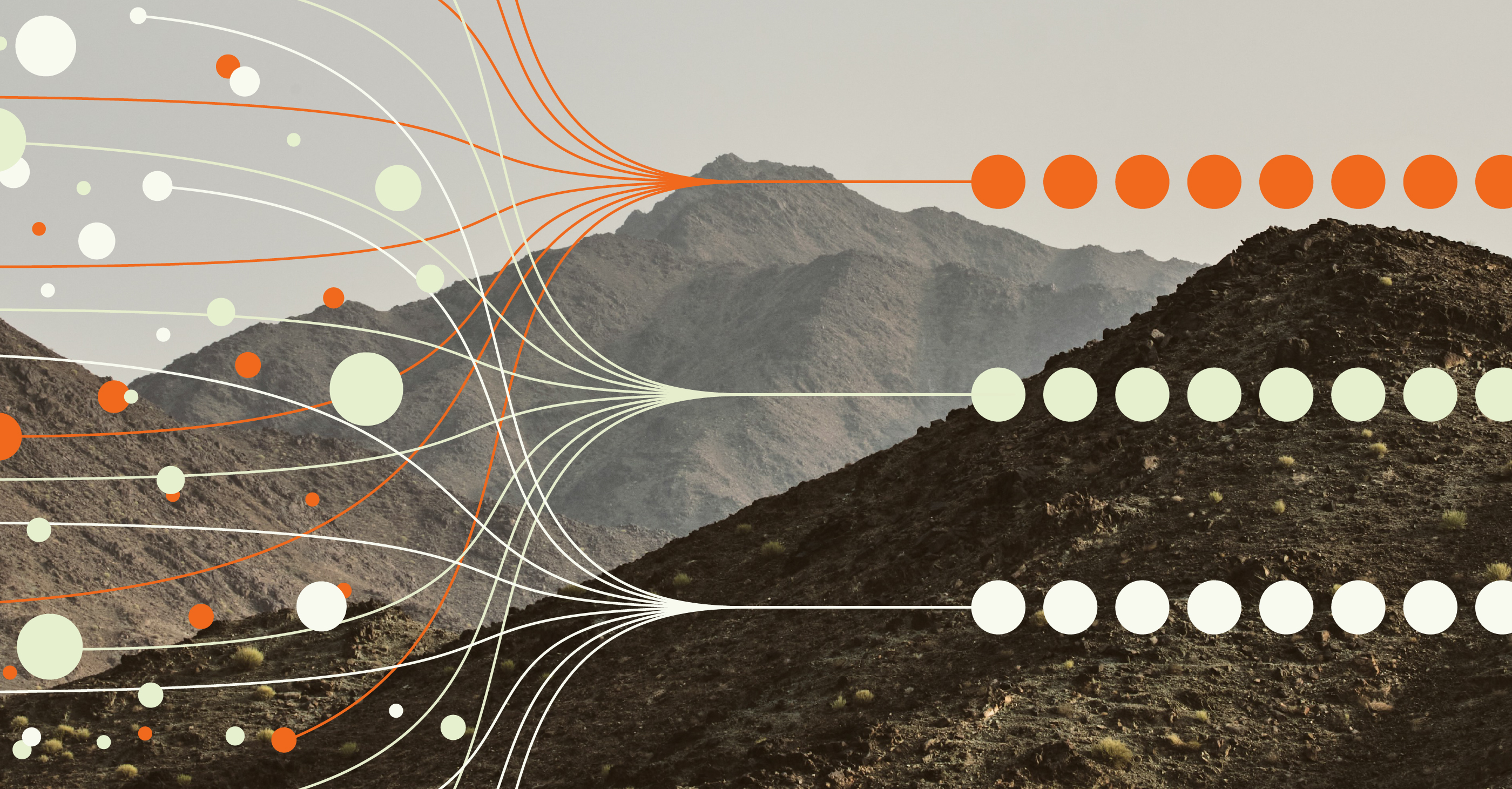
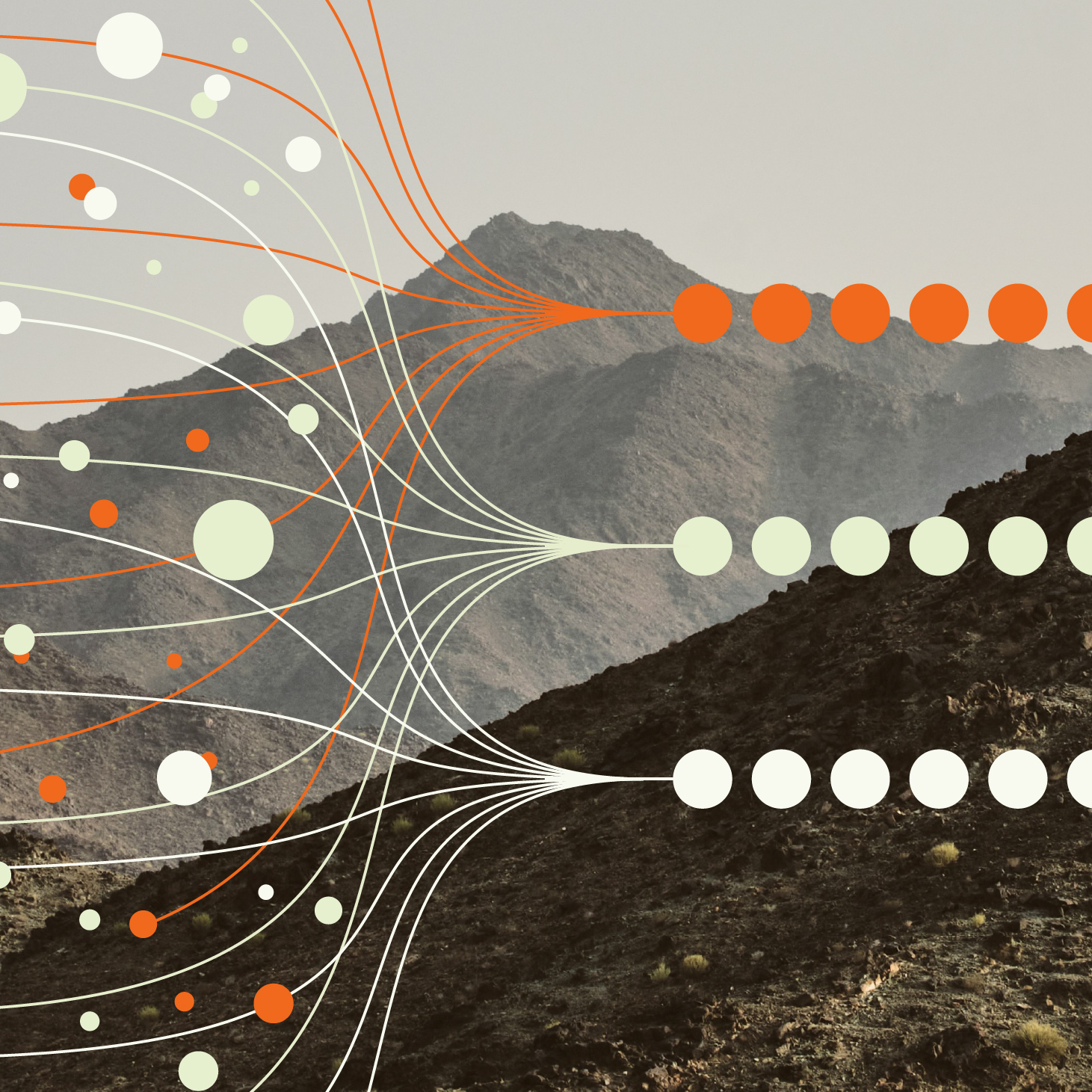
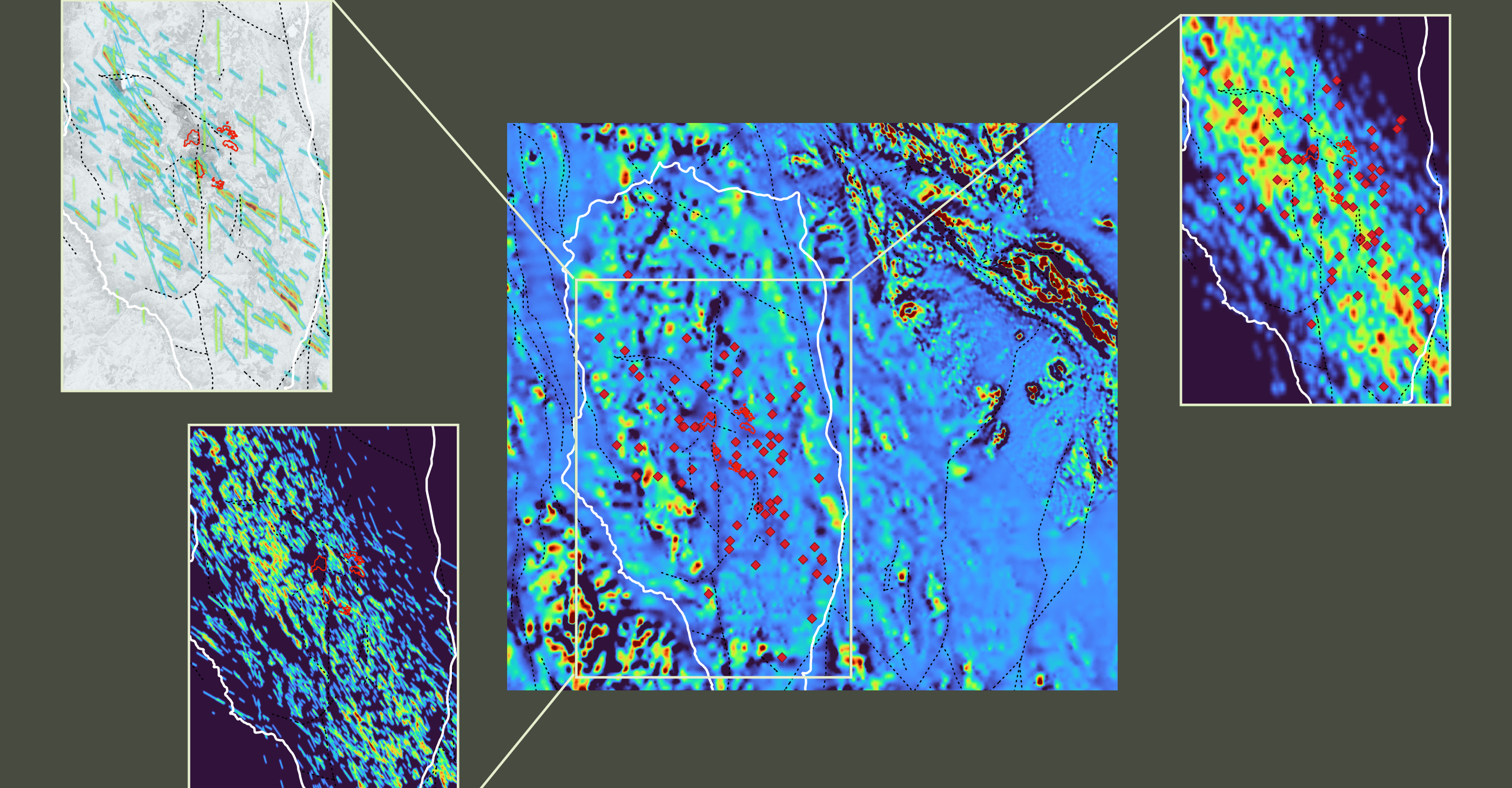
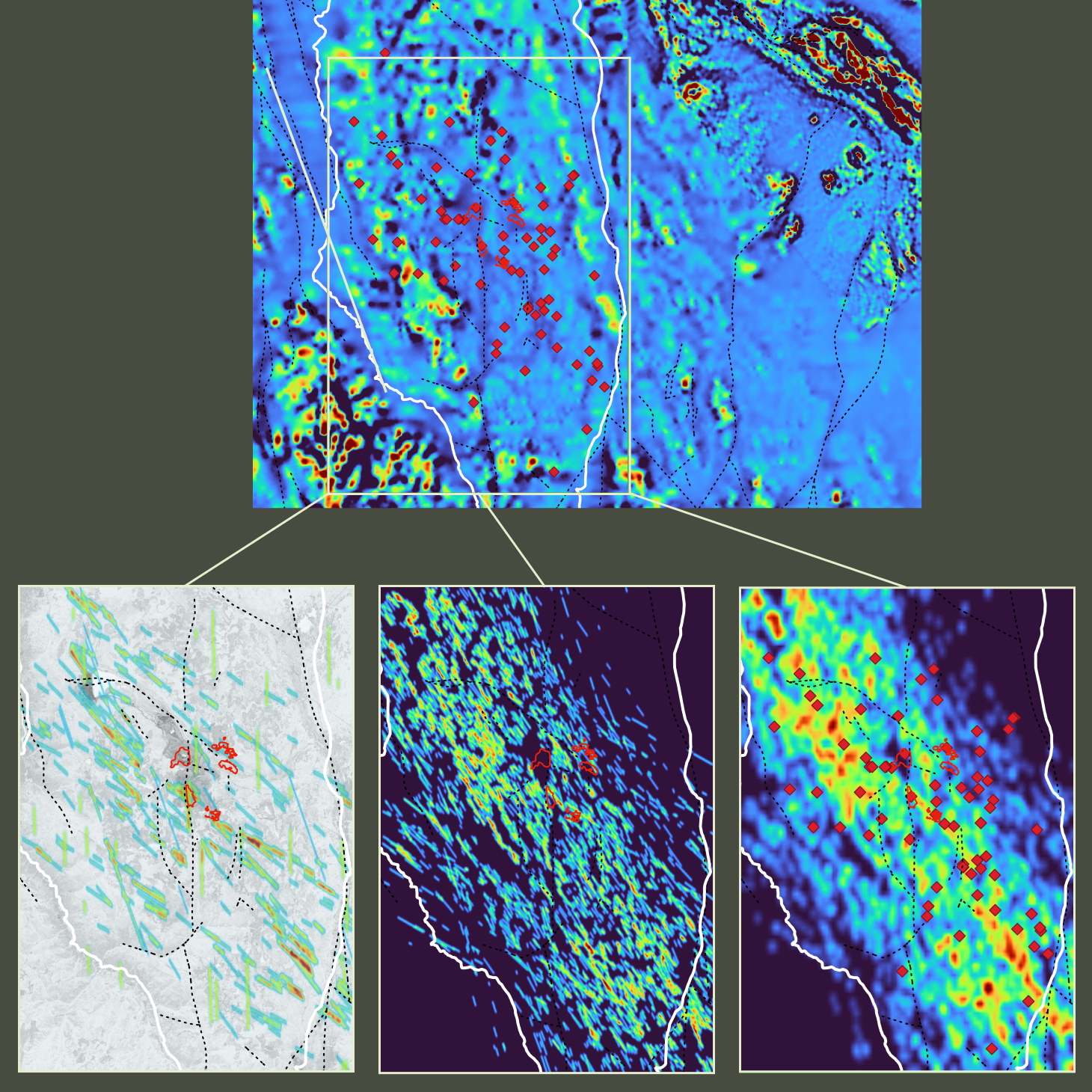





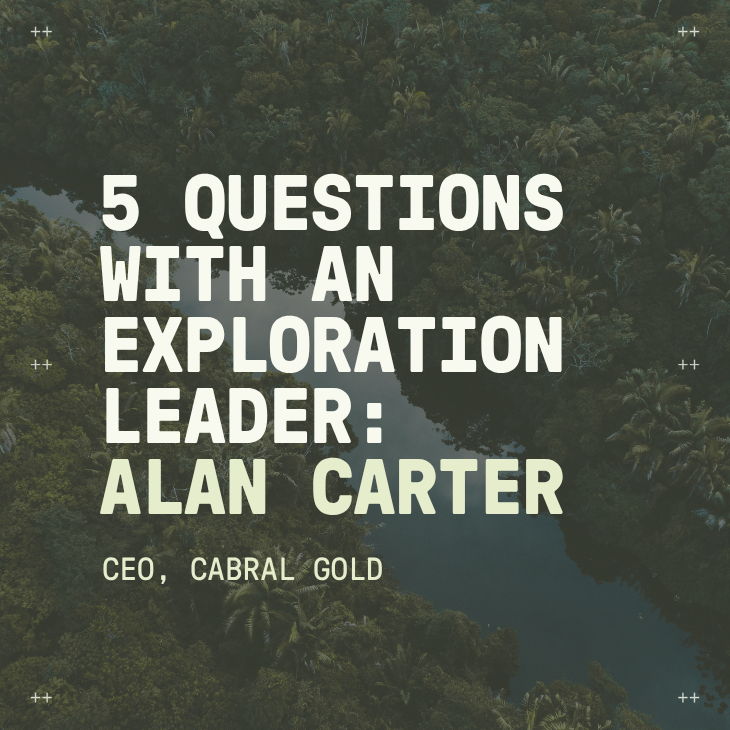
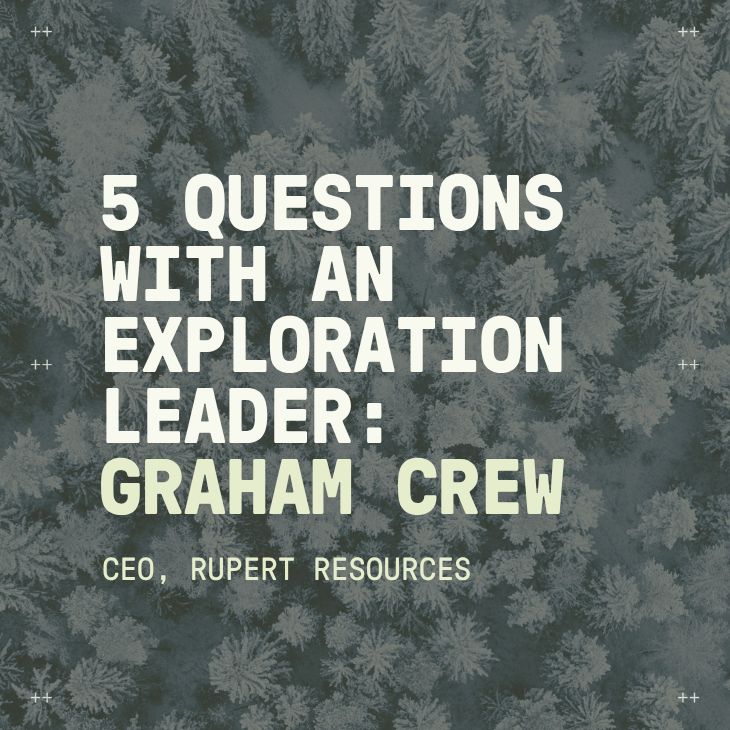
.png)
